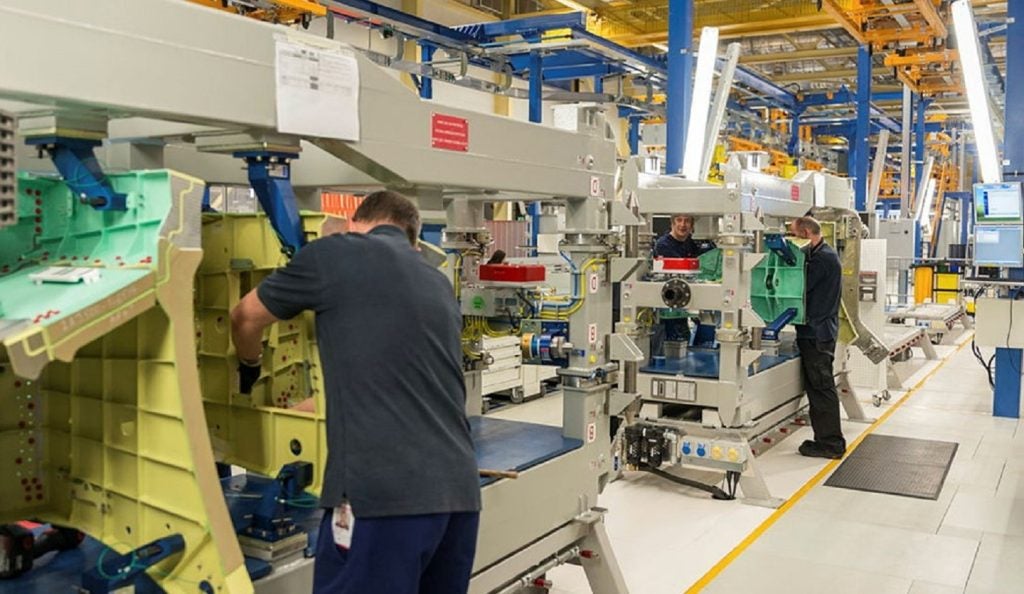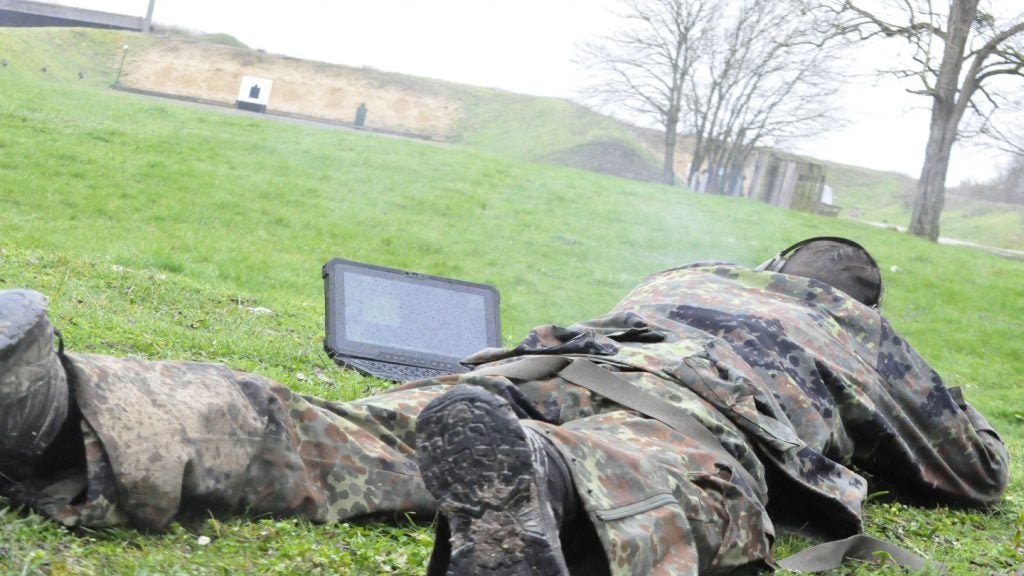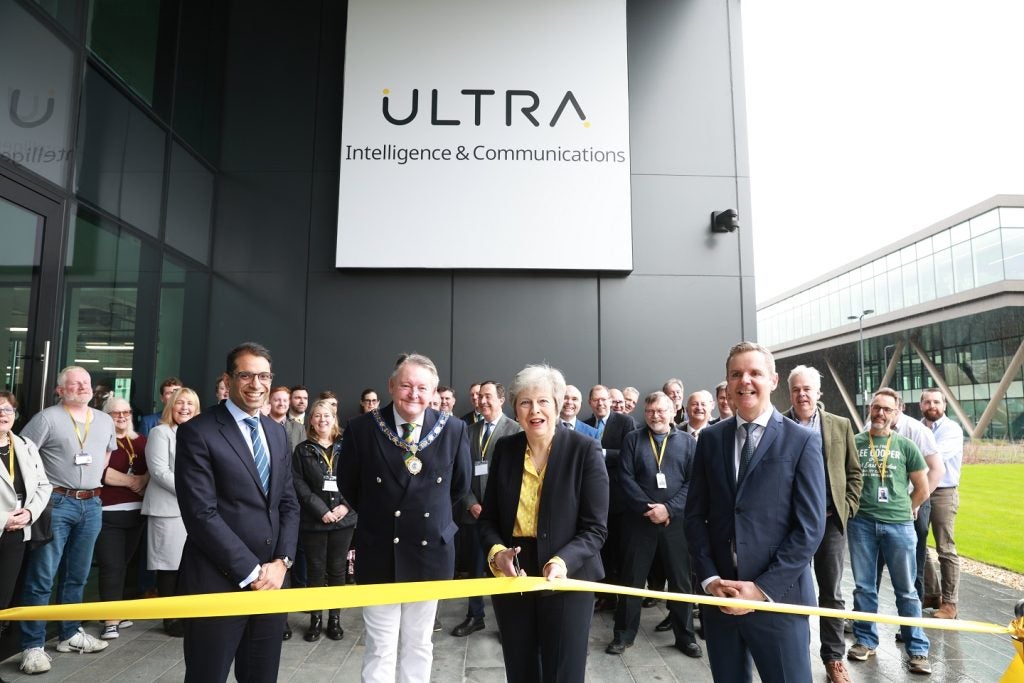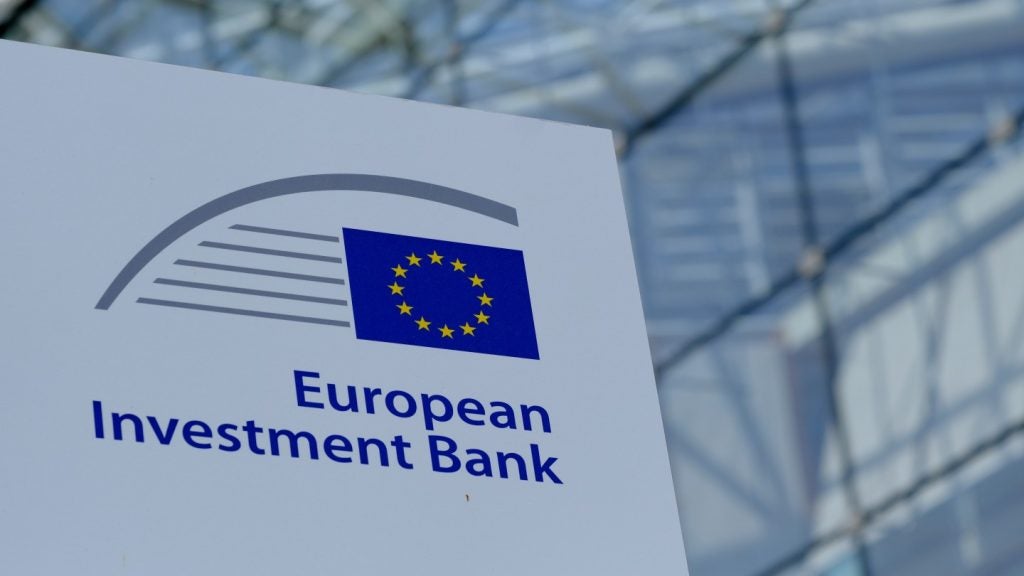
With the eurozone struggling to recover from the financial crisis, government spending has been curtailed across the board, and defence procurement is no exception.
Still, the threats have not changed and adequate provisions need to be made to ensure that Europe’s defensive capabilities are up to the task of protecting the continent and its interests.
To make the most of dwindling resources, innovative solutions are being sought to ensure all bases are still covered; for example, the recent strengthening of the Entente Cordiale of 1904 between the UK and France will see their militaries share resources on an unprecedented scale – including equipment as large as aircraft carriers. This takes the burden off individual nations and reduces the amount of overlap in defence spending across Europe.
Another means of stretching budgets is to look to the commercial sector for technology, removing the need for costly R&D investment.
One area that has seen great success is milsatcom, which uses a large proportion of commercial satellite technology without sacrificing performance or security.
See Also:
Rodolphe Paris, communications and information systems project officer at the European Defence Agency (EDA), explains how this is being achieved while meeting the needs of the European community.
How well do you really know your competitors?
Access the most comprehensive Company Profiles on the market, powered by GlobalData. Save hours of research. Gain competitive edge.

Thank you!
Your download email will arrive shortly
Not ready to buy yet? Download a free sample
We are confident about the unique quality of our Company Profiles. However, we want you to make the most beneficial decision for your business, so we offer a free sample that you can download by submitting the below form
By GlobalDataMark Brierley: What role does the EDA play in developing milsatcom infrastructure?
Rodolphe Paris: The EDA has been asked to consider the next generation of milsatcom, particularly in the framework of the Defence Ministers’ Pooling and Sharing initiative.
Milsatcom is a very promising area in this context: space and ground assets could be procured by some nations of the EU, but could be used by a larger number of member states that could not individually afford milsatcom capabilities.
The Secure Telecom by Satellite (SecTelSat) work strand is exploring a range of issues, from a common set of requirements to various forms of cooperation, as well as synergies in civil and military research and technology efforts, and different procurement methods.
MB: What scope is there to use commercial technology in milsatcom infrastructure?
RP: Milsatcom embeds a high degree of duality (technological and operational), and 80% of technologies are also used in commercial satcom. The EU and its member states can no longer afford fragmented research and technology efforts. The EDA is well placed to coordinate efforts between space agencies, ministry of defence armament directorates, the European Space Agency and the European Commission. A number of concrete initiatives to develop dual-use technologies and optimise satcom operations are expected to emerge from our SecTelSat work strand, and could generate hundreds of millions of euros in synergies.
MB: What are the objectives of the European Satellite Communication Procurement Cell (ESCPC) Project?
RP: The ESCPC Project is a tangible case of an efficient procurement of commercial off-the-shelf services that are currently procured nationally, with little coordination at the European level. The centralised procurement of commercial satcom would generate economies of scale and build a credible demand. These economic and operational benefits would not be possible through fragmented procurements.
MB: As defence budgets are squeezed, have European milsatcom ambitions had to be toned down, or can pooling resources still deliver the most capable and resilient systems available?
RP: It is clear that the individual level of ambition of the nations that currently operate milsatcom in the EU will need to be rationalised. One option would be to switch to commercial satcom, but this would lead to the loss or reduction of military-specific requirements such as resilience, beam/bandwidth flexibility and anti-jamming. The alternative that the EDA is proposing would preserve the milsatcom next-generation at the European level, where some satcom assets could be partially opened to third-party users, while harmonising requirements and increasing the level of standardisation. Pooling and sharing options are being examined to ensure that milsatcom will be sustainable and affordable. The EDA can serve as a catalyst in that respect.
MB: Is there resistance in the European community to pooling meagre resources and developing a common milsatcom architecture? Do nations still want independent systems?
RP: It is probably unrealistic to launch a stand-alone flagship space programme dedicated to governmental satcom that would overlay existing milsatcom assets. A more practical approach would be to acknowledge the heritage of milsatcom within a few member states while making sure that a future system can be conceived and designed at the European level. This would allow for an intergovernmental approach while preserving sovereignty issues, rather than setting up a new space programme that the EU could not fund on its own. The EDA, as an intergovernmental agency, is ideally placed to take up this role. This is the ambition of SecTelSat.
MB: The requirements of European military forces vary widely. Is scalability a factor?
RP: Requirements are often sacrificed by budget considerations and milsatcom is no exception.
What is clear is that civil and military satcom technologies are similar, operational needs are the same in terms of geographical coverage (satcom beams and crisis areas), standards are set by commercial satcom and Nato, and almost all EU nations like access to milsatcom.
So the scalability very much depends on the ability to reduce the barriers to entry for new European milsatcom users.
Pooling and sharing is the right answer, slowly opening the doors to governmental users that may not be only military.
MB: As consideration of the next generation of systems begins, how do you think Europe can better align its requirements and integrate its procurement?
RP: The highest standards of European milsatcom are driven by the UK and France. These nations could come together to harmonise requirements and check whether they can establish a cooperative approach, probably in the form of a public-private partnership, initiating consultations with the European space industry. The EDA can support these efforts while checking third-party requirements that will strengthen the overall business case. Through the EDA, the European defence community should also get financial support from the EU itself, as well as technology support from the European Space Agency to put this possible major cooperation on the right track.
This article was first published in our sister publication Defence & Security Systems International.







